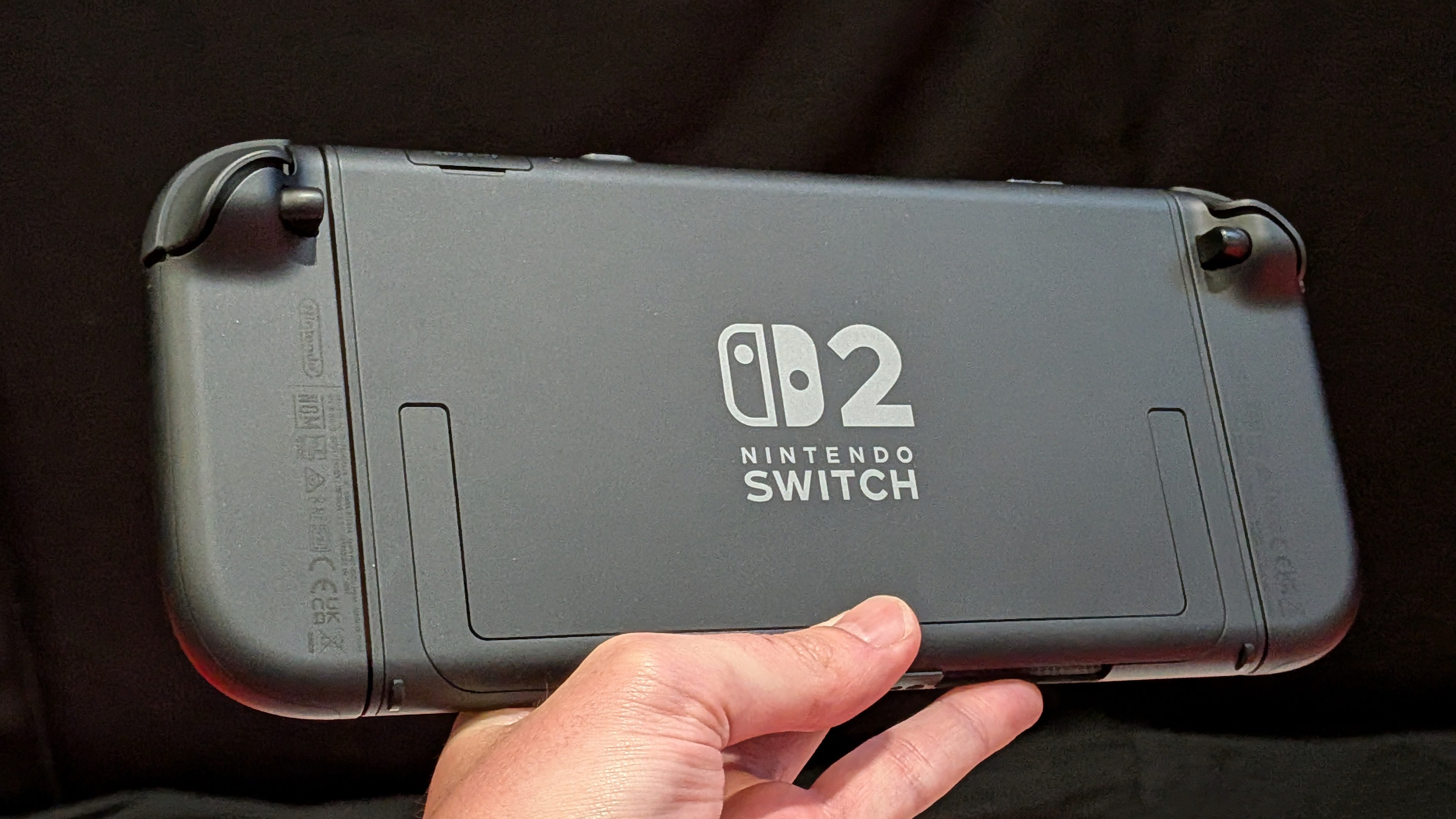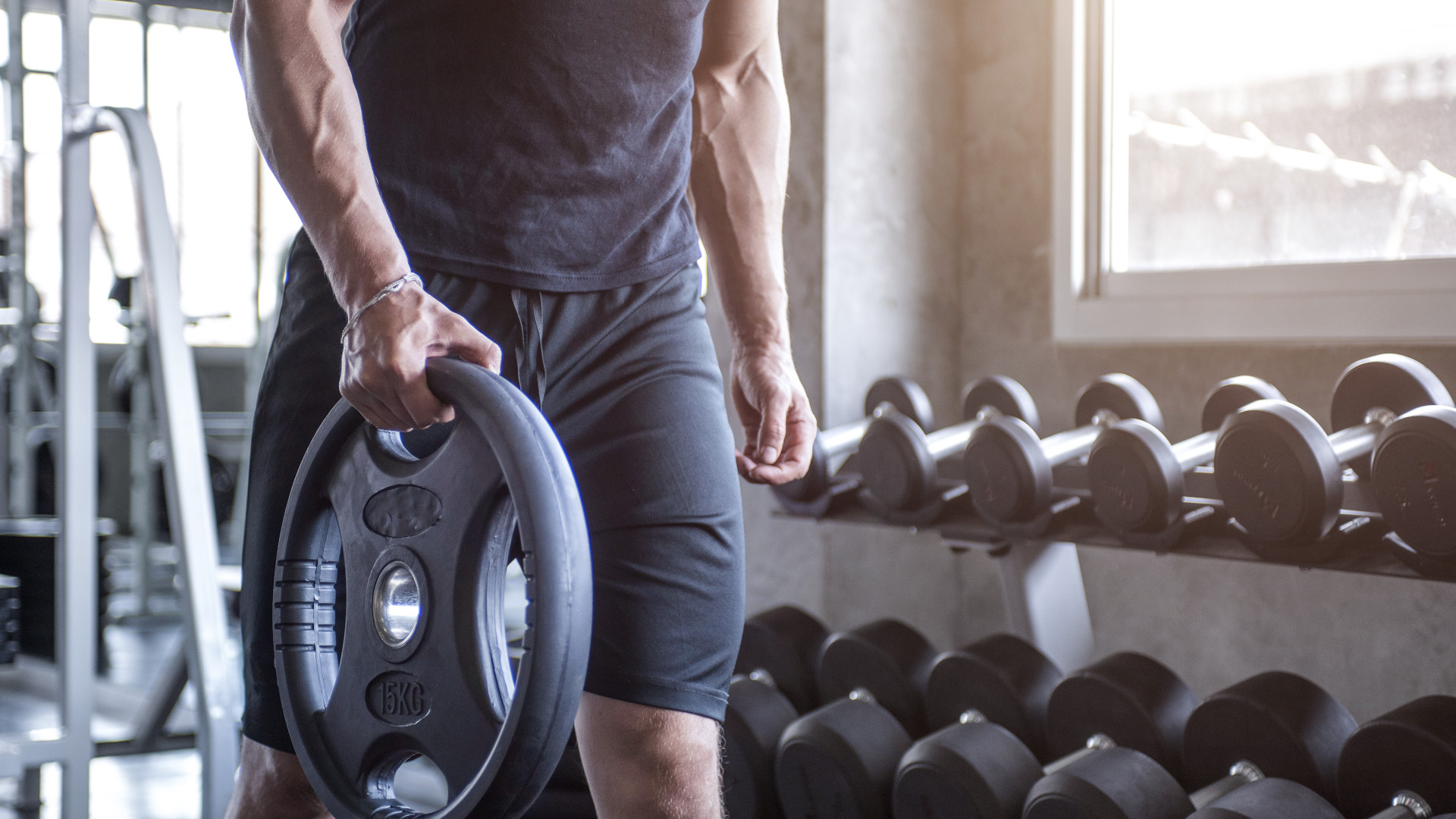

Have you ever been upgraded? That feeling you get at the gate when you get re-seated and you realise you’re now in business class is a special one indeed. It’s also incredibly rare because upgrades are less frequent than they used to be.
Blame the spread of budget travel – and the competitiveness of airline travel generally – which has squeezed profit margins.
- T3's ultimate guide to travel: advice to help you travel like a pro
- You must fly with the best suitcases
- Also check out the best travel bags
This all largely applies to long-haul flights, where you have to walk through business class to get to your economy seat. That's all part of the advertising for airlines, which make most of their profits in the top cabins.
However, isn’t it depressing when you see so many empty seats? So here's how to try your best for an upgrade. Failed again? Never mind… it’s only a few hours until wheels-down.
1. Be a very frequent flyer
Whatever travel journalist and bloggers may say, by far the most reliable way to get an upgrade is to be an airline's perfect customer. So travel a lot (as in, twice a week), spend big and be tremendously loyal to as few airlines as possible.
If you work out which frequent flyer scheme is best for you, your points and miles will soon lead you to 'gold' status. It will take you years, and likely cost you nothing (your company will be paying, and if they're not, this is a financial non-starter).
At some point you’ll probably also be using those miles to upgrade yourself, but now and again, the airline will also upgrade you for free to keep you sweet.
Sign up to the T3 newsletter for smarter living straight to your inbox
Get all the latest news, reviews, deals and buying guides on gorgeous tech, home and active products from the T3 experts

2. Collect points and miles
Even if you’re never going to attain a high status on a frequent flyer scheme, it doesn’t hurt to be a member of a few. However, you will have to stop using the likes of SkyScanner and Google Flights to find the cheapest price of a flight, and go straight to the airline’s website.
Does that mean a higher price? Usually, yes. It also means your chances of upgrading a flight are higher simply because you’ll be able to accrue more points and miles to afford a free upgrade using points and miles.
However, long-haul flights that allow frequent flyers to upgrade are few and far between. So be flexible. You'll need to visit a destination off-peak (i.e nowhere near August or December) and plan a year in advance.
3. Know what you’re after and be prepared to pay
If you’re after an upgrade, know what you want and how much it costs. Think extra legroom and/or lie-flat beds. Forget short flights, where classes other than economy barely exist, and even when they do, who wants to pay for comfort only for a few measly hours?
The easiest way is to work your way towards being able to afford an upgrade via points or miles (or money), but you can try your luck at the airport. So just do it; ask if it’s possible to upgrade. Know that the answer will probably be ‘to what class’?, which is basically the beginning of a conversation about how much you will need to pay.
If you’ve got an economy ticket, ask for premium economy, if you have that already, try business, etc. Now haggle. If it’s an empty flight, you might get a good price.
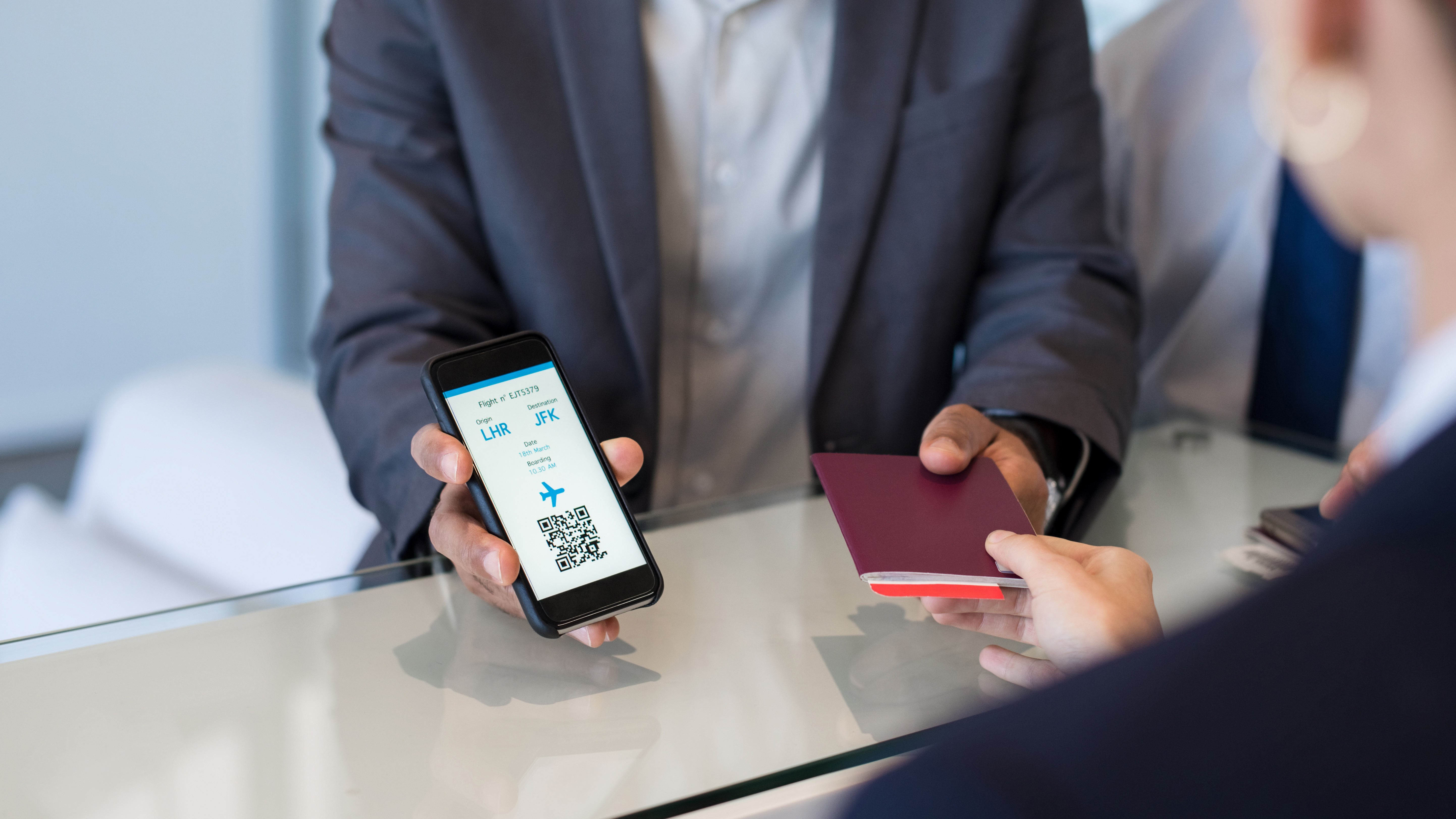
4. Check luggage & be kind to others
Those that pack light, don’t check luggage, and get their economy boarding pass on their phones don’t ever wait at carousels… and don’t tend to get upgraded. Why? Simply because they never come into contact with check-in staff.
If you’re in a long check-in queue and there’s someone behind you that’s obviously struggling – perhaps they’re old and unsteady on their feet, or they have lots of kids in tow, or lots of luggage to juggle – let them go in front of you when you get to the front of the queue.
If check-in staff notice your kind act, you may be rewarded, especially if you’re very polite, you smile, and you don’t have lots of problems to discuss. Trouble is, it's a long-shot; airline check-in staff rarely have the power to upgrade passengers.
5. Get married and ask for an upgrade
When did you last ask for an upgrade? Almost no-one bothers anymore, thinking it impossible. So try it.
Just make sure you get married the day before. If you're on your honeymoon, bravely ask the check-in staff for an upgrade, crucially with a copy of your wedding certificate in your hand (just to show that you’re not yet another chancer who always claims to get married before every long-haul flight).
If that fails, while the plane is boarding subtly tell a flight attendant that you’ve just got married – again, with the certificate in your hand – and ask if there’s anything they can do to surprise your other half. You might not get put in business class, but you might get a glass of champagne. That’s a upgrade on the cheap plonk you were about to get.
And here are five ways you can upgrade your own flight experience:
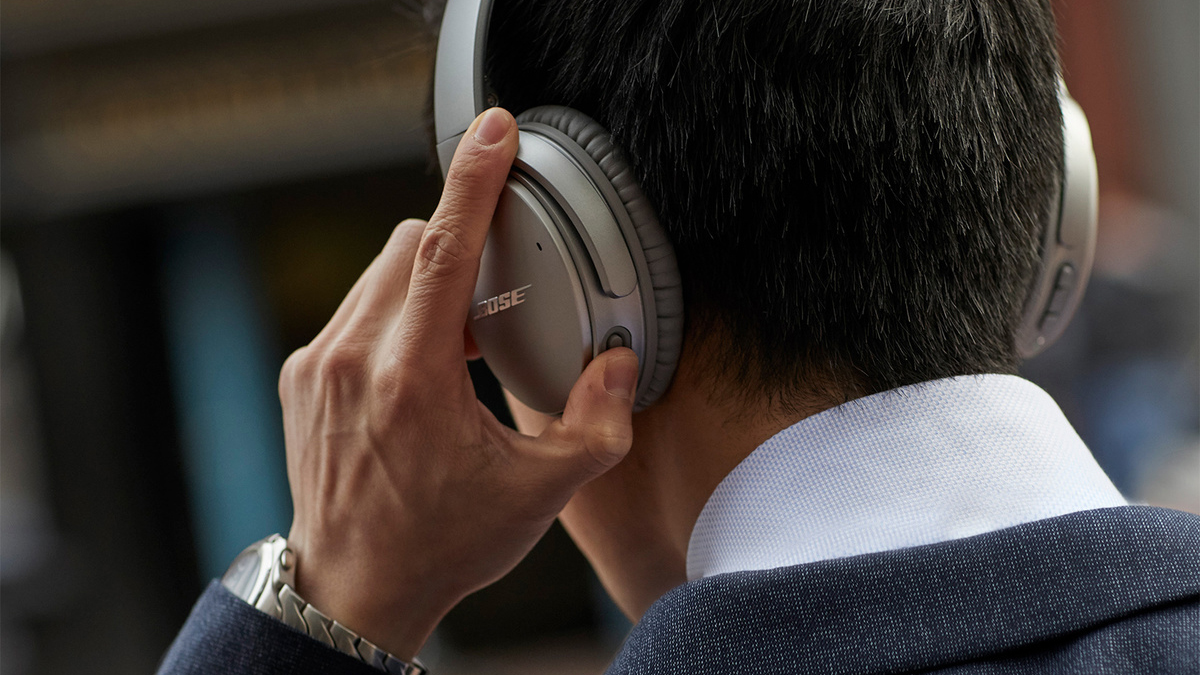
1. Invest in noise-cancelling earphones
Did you know that cabin noise can reach 80 decibels during a flight? There is no better way with coping with engine noise than by using a decent pair of noise-cancelling earphones. Not headphones? While over-the-head models from the likes of Sennheiser, Sony and Bose have slimmed-down considerably in the past few years, they’re still too big considering the talents of some noise-cancelling earphones.
They also make your ears really sweaty if it’s a warm flight. The Bose QuietComfort 20 earphones in particular are great for long-haul travel, being comfortable enough to wear while sleeping, and coiling-up small enough to fit in a top shirt pocket.
2. Fill your phone with TV and movies
This one is obvious, but it’s worth trawling through the various apps on your phone or tablet while you’re still at home to conduct a thorough hunt for films and TV to download. Netflix, Amazon Video and the BBC iPlayer all allow high quality downloads.
Just don’t go crazy, and remember that you’re more likely to consume a boxset than get through that epic three-hour movie you always meant to watch. Epic movies are intolerable at 35,000ft. when you need time to flyby quickly.
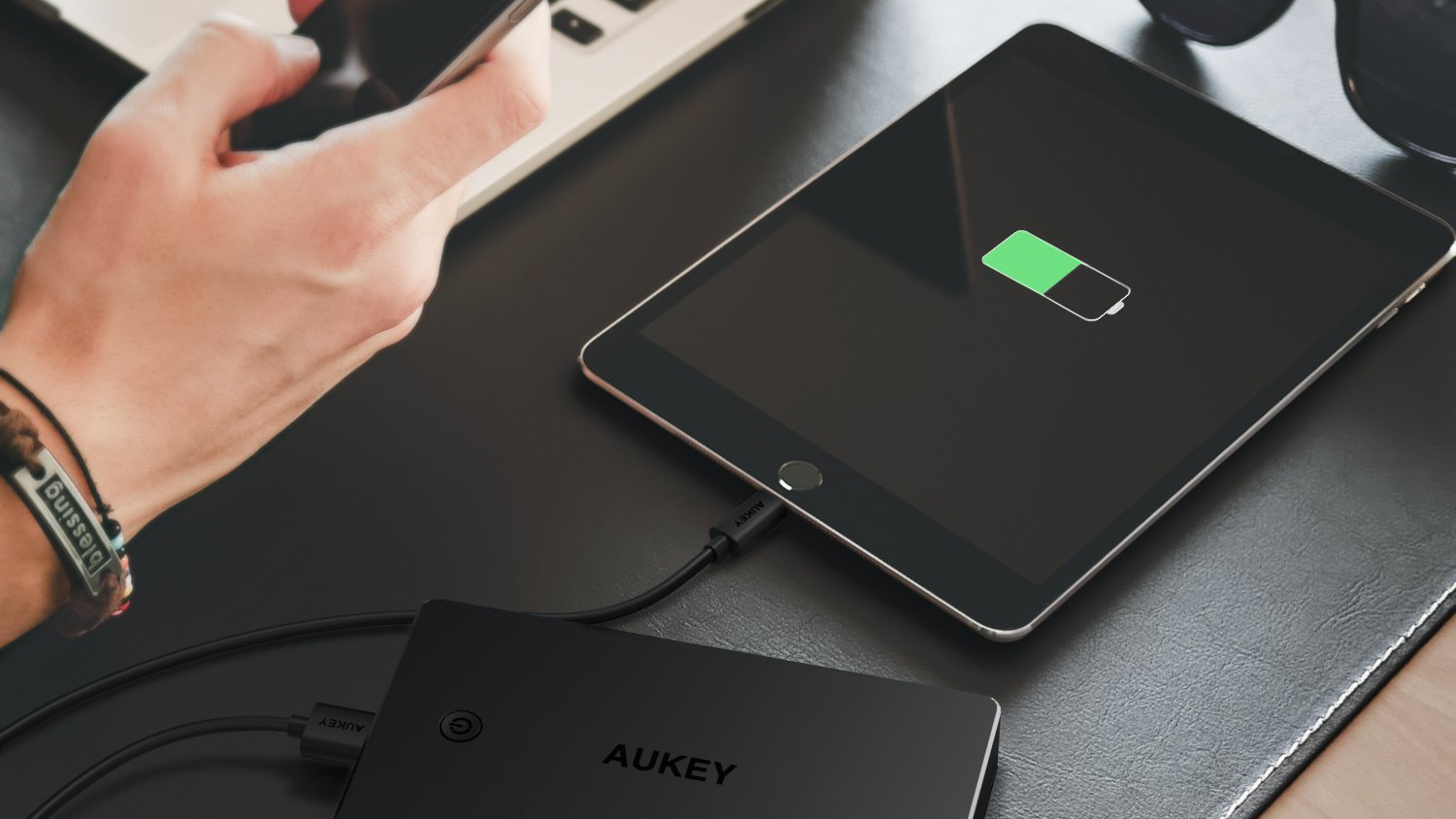
3. Pack a big-sized portable battery
Although seats on planes sometimes have USB slots so you can recharge your phone or tablet, they don’t always work. So make sure you pack a portable battery that will see you through your flight.
Go for one that can fill your phone four times over, which means finding one with 10,000 mAh. If you can find one with integrated cables, all the better.
4. Support your phone
Since airline tray tables are routinely slippy and incapable of propping-up a phone or tablet, you need to make your own arrangements. At a pinch you can put a device on a jumper, jacket or blanket and orient the screen towards you, but there are sleeker options. The first is to choose a phone case with a built-in kickstand like the Spigen Tough Armor for the Samsung Galaxy S9 Plus or for the iPhone X.
Failing that, try a stand like the UGREEN Phone Holder, a smartphone clamp like the Manfrotto TwistGrip on any small tripod like the GoFree, which will also be handy in your destination. Or you could get yourself a Lockjaww In-Flight Device Holder, which clips onto any tray table and puts your phone or small tablet right in front go your eyes. Your neck will thank you.

5. Take a nap
Having to take a pillow is a huge shame when you’re trying to travel light, and yet those fluffy foam neck pillows in airport shops sell like crazy. There are a ton of weird and wacky travel pillows out there, such as the Ostrich and Trtl (both of which are good, but could get a little hot on a warm flight).
A good space-saving option is the ExOfficio Men’s Storm Logic and ExOfficio Women’s Storm Logic jackets, which roll-up into a long pocket, instantly transforming it into a neck pillow. Genius!
Jamie is a freelance journalist, copywriter and author with 20 years' experience. He's written journalism for over 50 publications and websites and, when he's not writing, spending most of his time travelling – putting the latest travel tech through its paces.
-
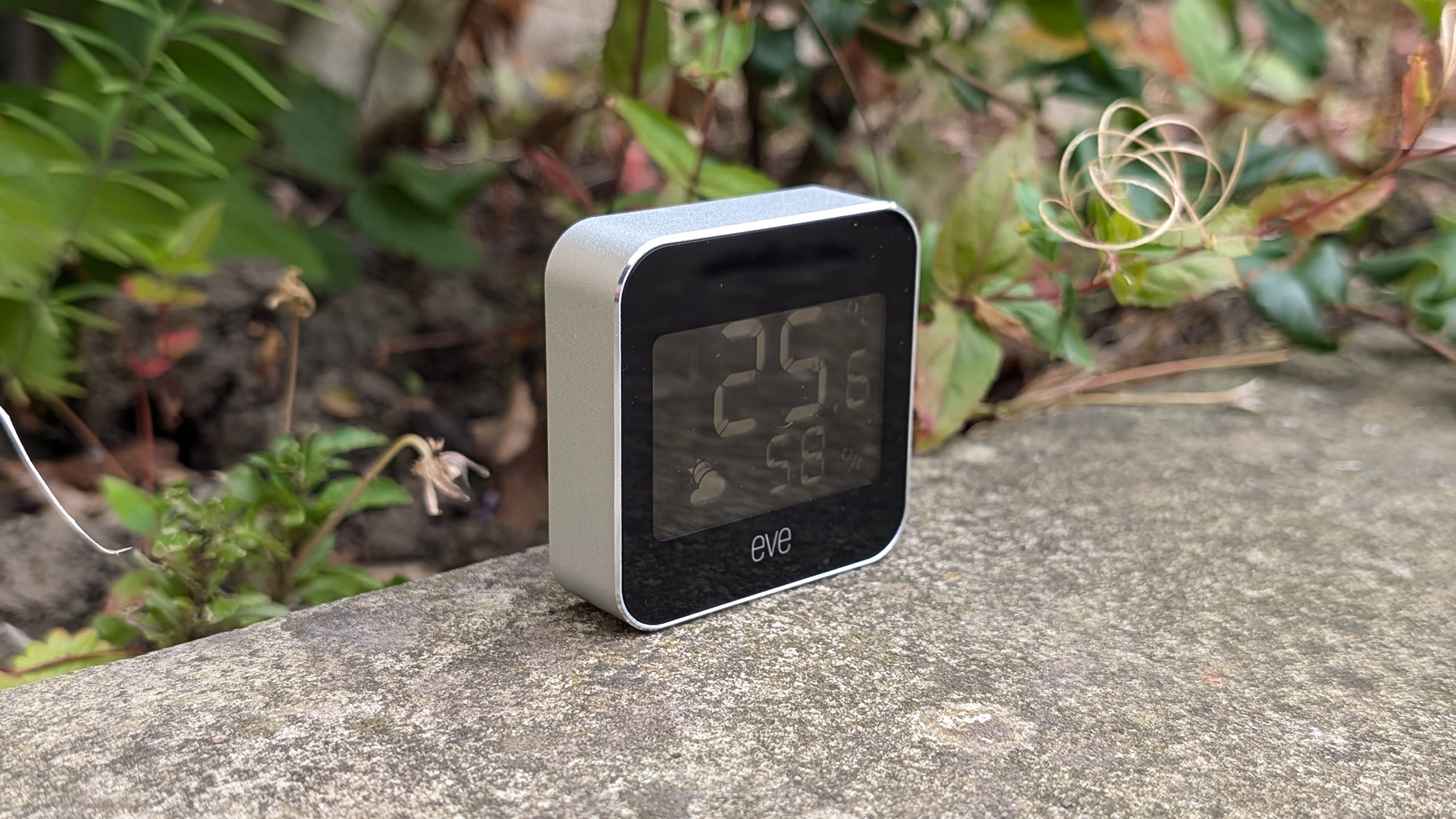 Eve Weather review: a compact, connected weather station for your smart home
Eve Weather review: a compact, connected weather station for your smart homeTemperature, humidity, and air pressure readings from your own little weather station
By David Nield
-
 Best robot lawn mower 2025: autonomous mowers that cut the grass so you don't have to
Best robot lawn mower 2025: autonomous mowers that cut the grass so you don't have toThese are the best robotic sward scythes to keep your lawn in tip-top condition while you sit back and relax
By Derek Adams
-
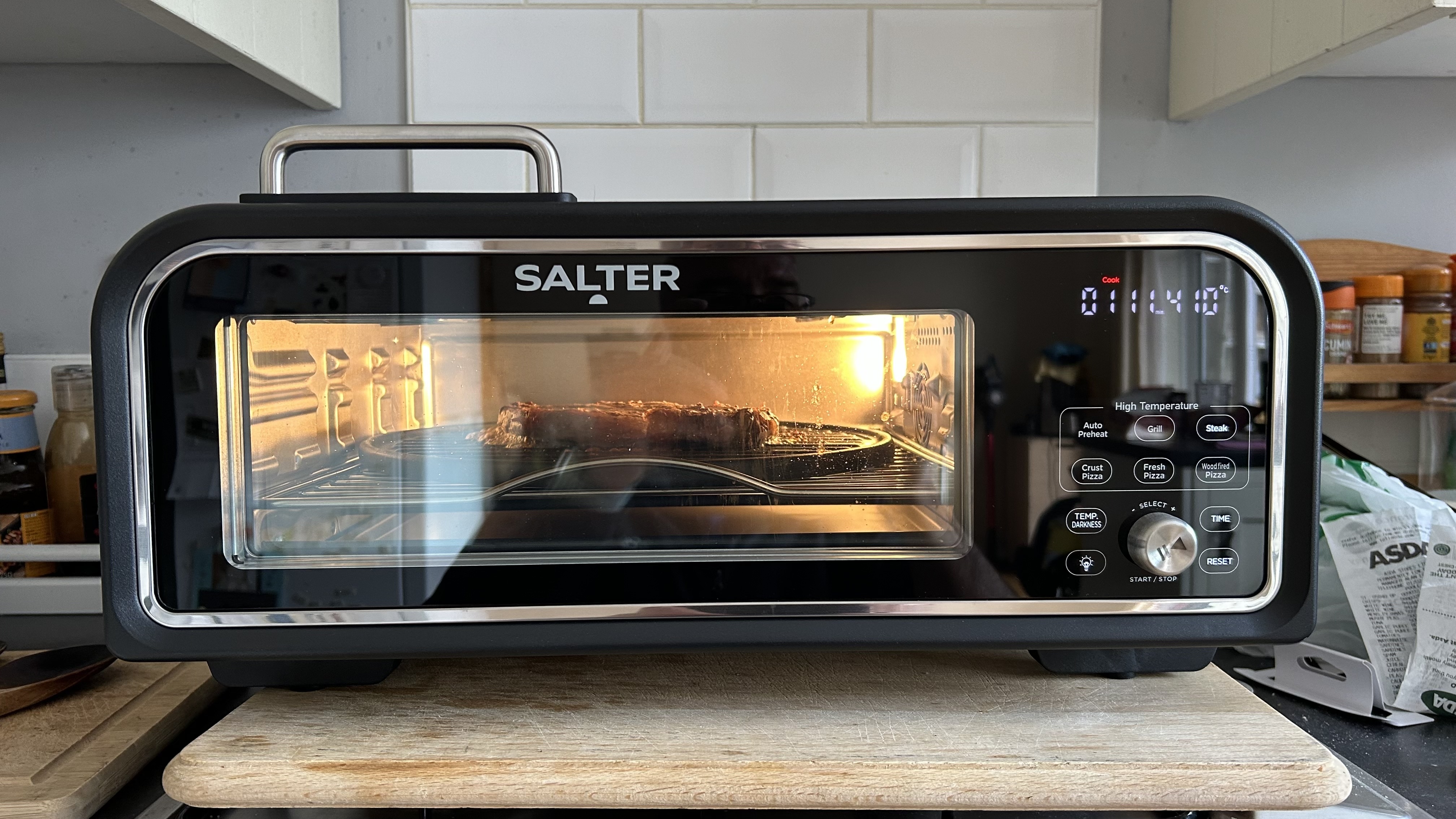 Salter RapidCook 400 Digital Air Fryer Oven review: great for steak and pizzas
Salter RapidCook 400 Digital Air Fryer Oven review: great for steak and pizzasThe Salter RapidCook 400 Digital Air Fryer Oven is big and heavy, but it’s also brilliant for cooking all sorts quickly at high heat
By Rob Clymo
-
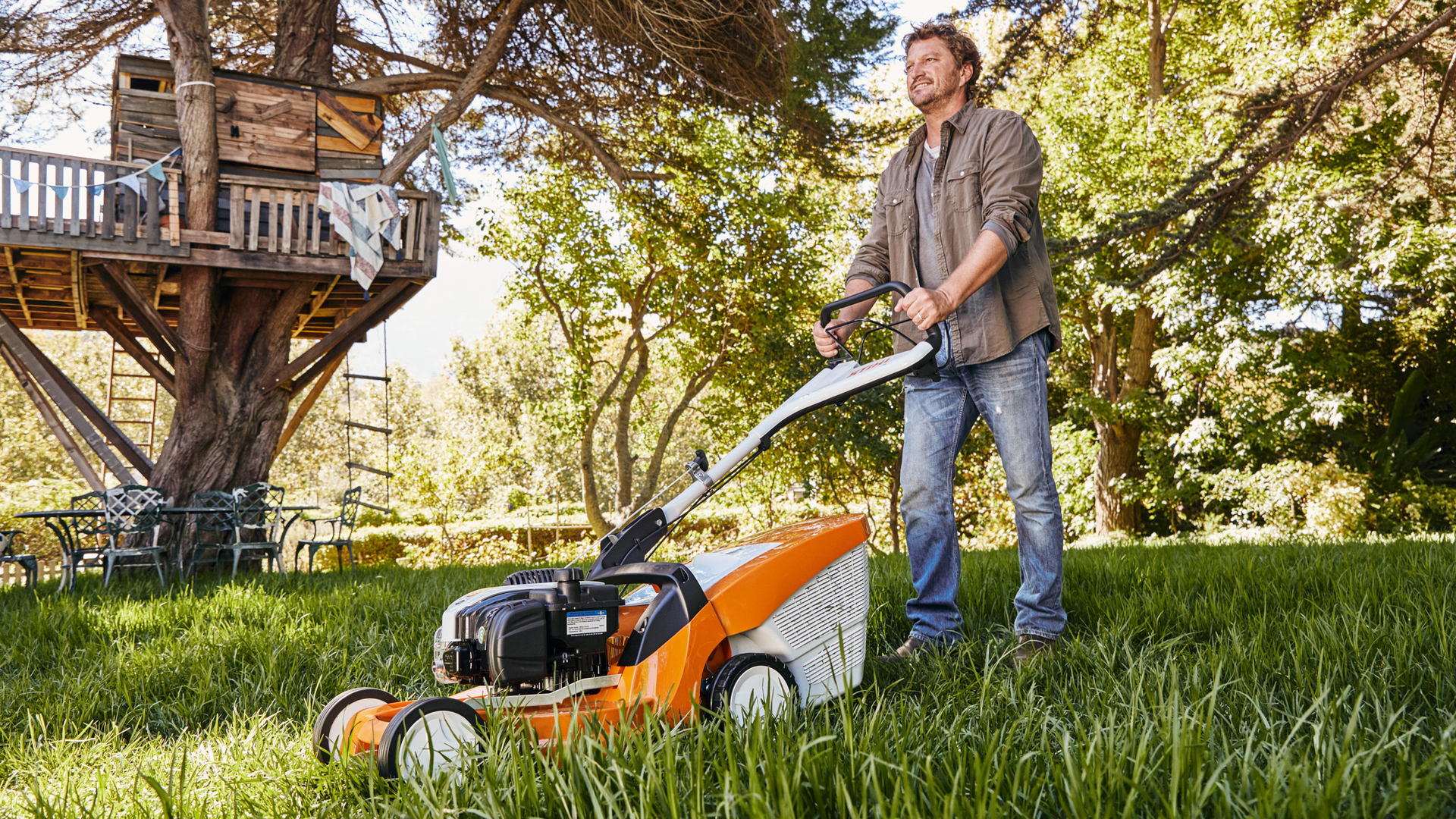 Best petrol lawn mower 2025: rugged lawn mowers for larger gardens
Best petrol lawn mower 2025: rugged lawn mowers for larger gardensTrim the sward with one of these top-rated petrol-powered lawn mowers
By Lizzie Wilmot
-
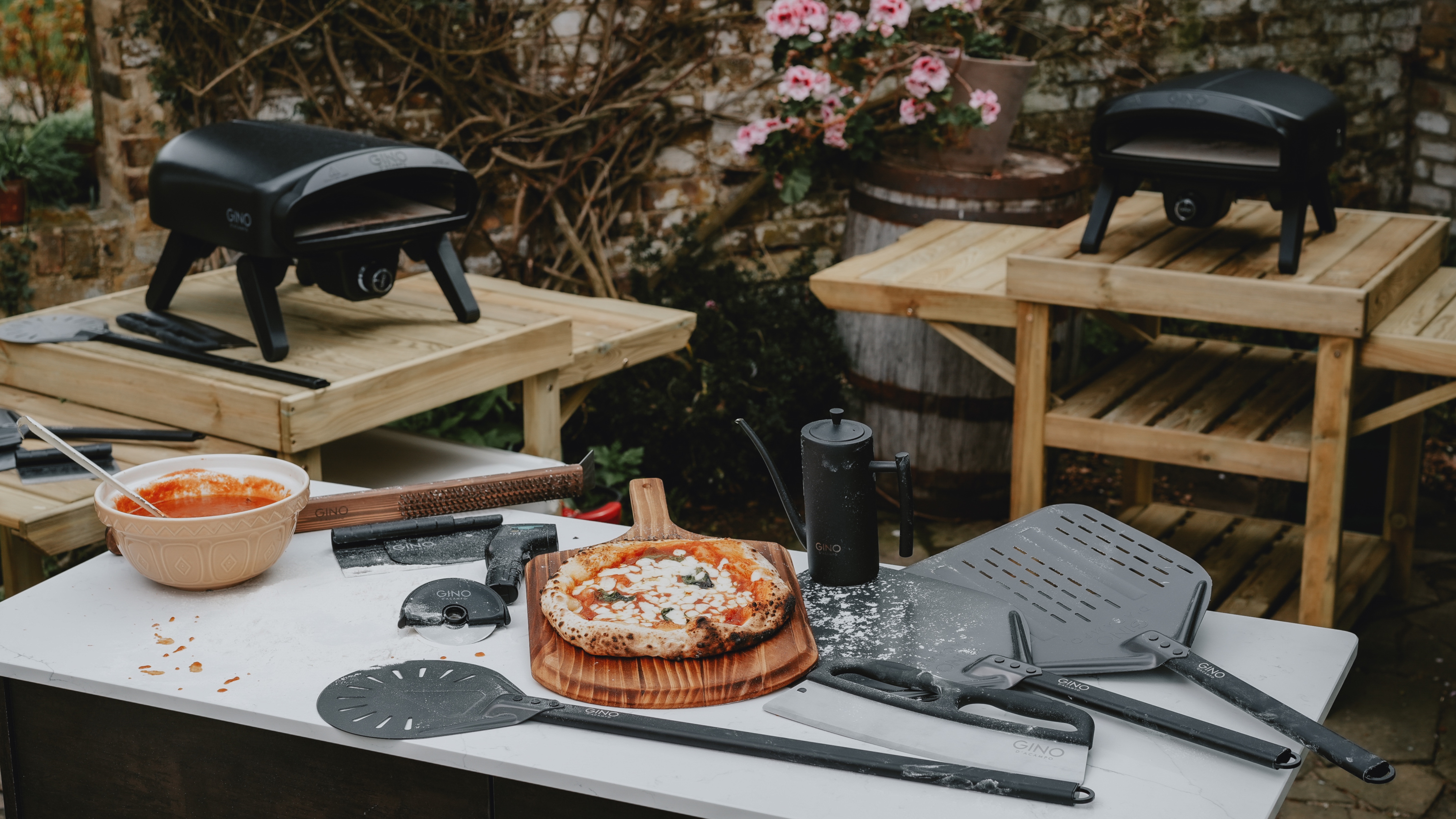 Best pizza ovens 2025: enjoy the crisp, crunch and gooeyness of freshly-baked pizza
Best pizza ovens 2025: enjoy the crisp, crunch and gooeyness of freshly-baked pizzaFind the best indoor and outdoor domestic pizza ovens to make your al fresco bash go off without a hitch
By Derek Adams
-
 Best cordless lawn mower 2025: top battery-powered trimmers that tackle all types of turf
Best cordless lawn mower 2025: top battery-powered trimmers that tackle all types of turfReplace your rusty old mower and embrace the time-saving pleasures of the best cordless lawn mowers
By Lizzie Wilmot
-
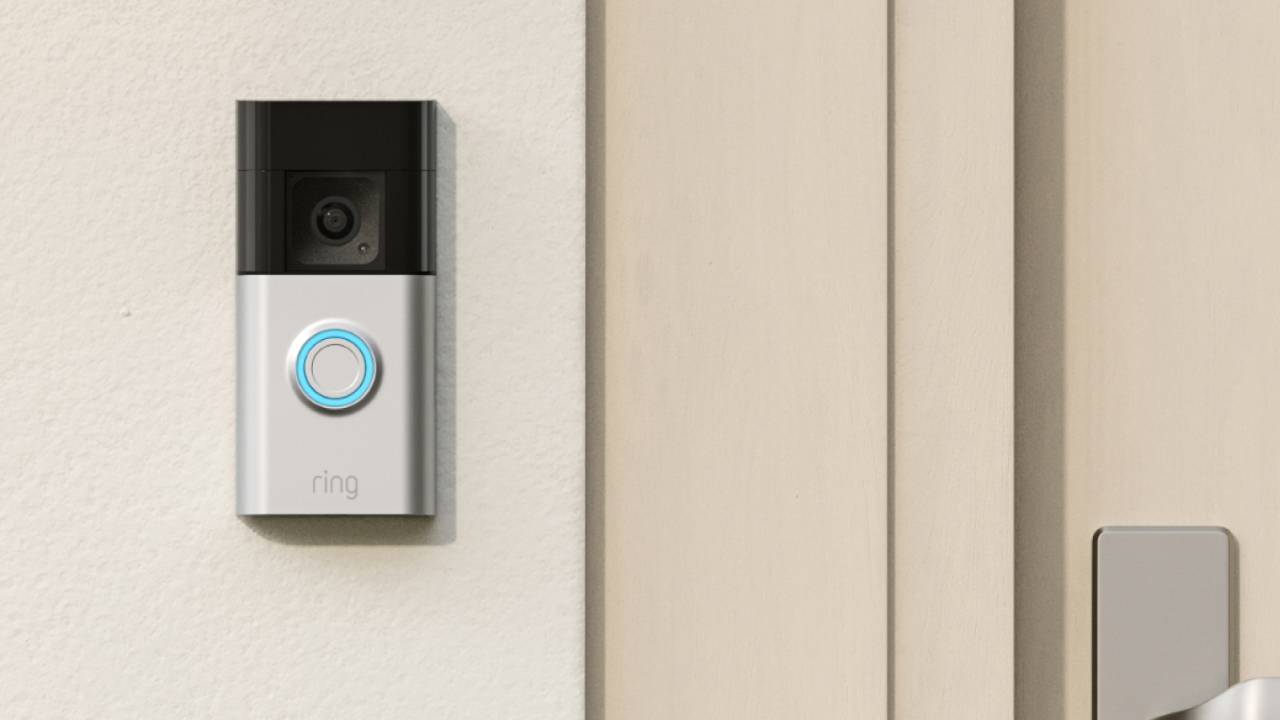 Best video doorbell 2025: who’s that ringing my bell?
Best video doorbell 2025: who’s that ringing my bell?Boost your home security with the best video doorbell, including the top brands such as Ring and Google plus many budget options
By Bethan Girdler-Maslen
-
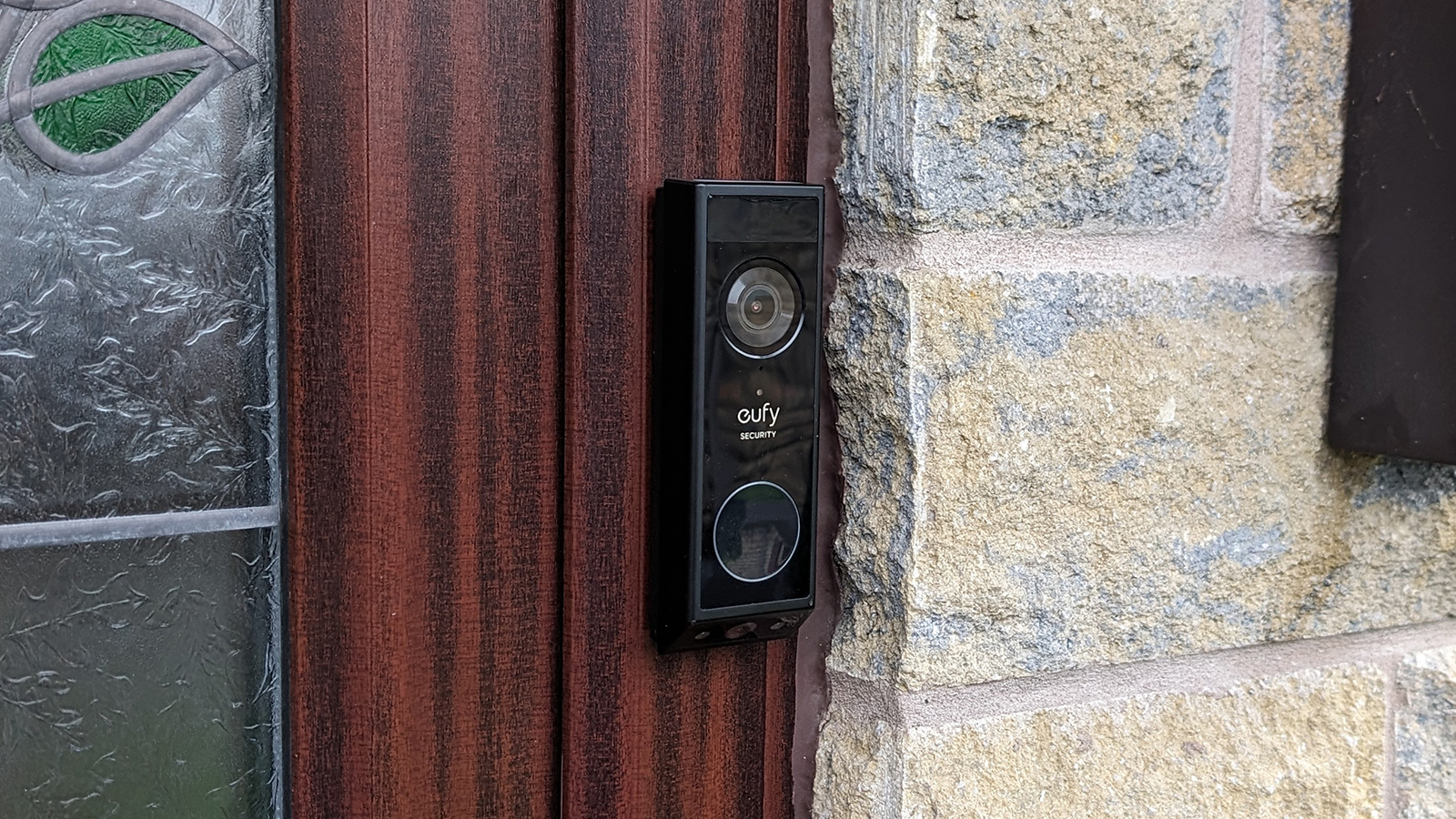
 eufy E340 Video Doorbell review: dual cameras for a better view
eufy E340 Video Doorbell review: dual cameras for a better viewThe E340 impresses in every area – and there are no ongoing costs
By David Nield
